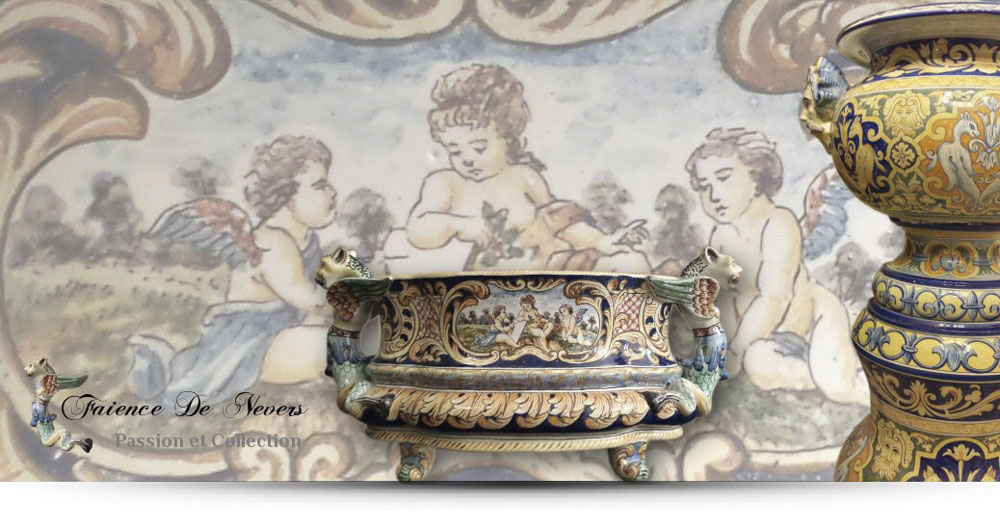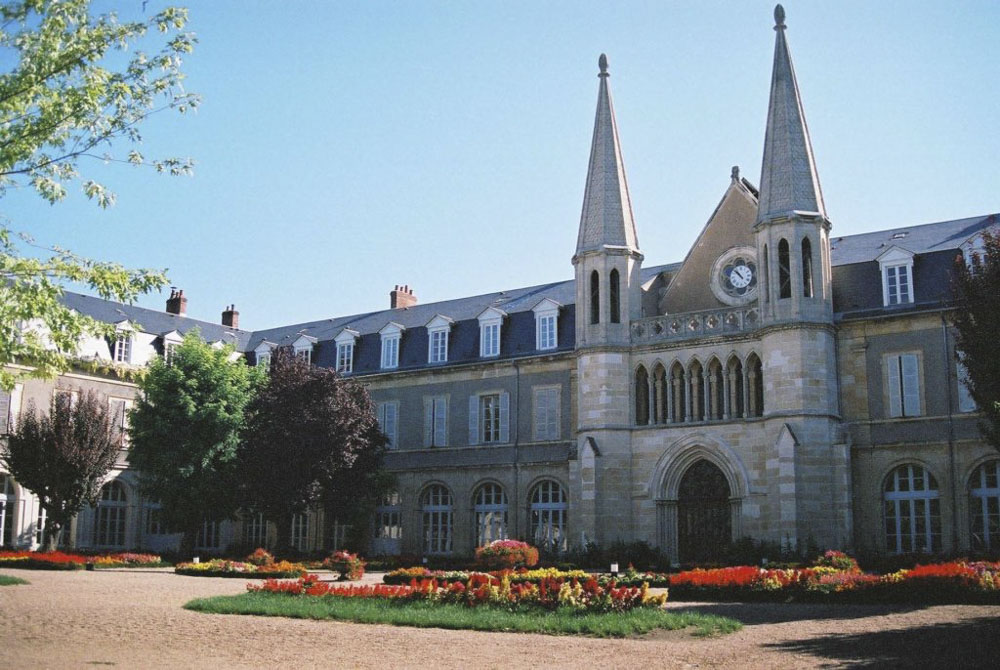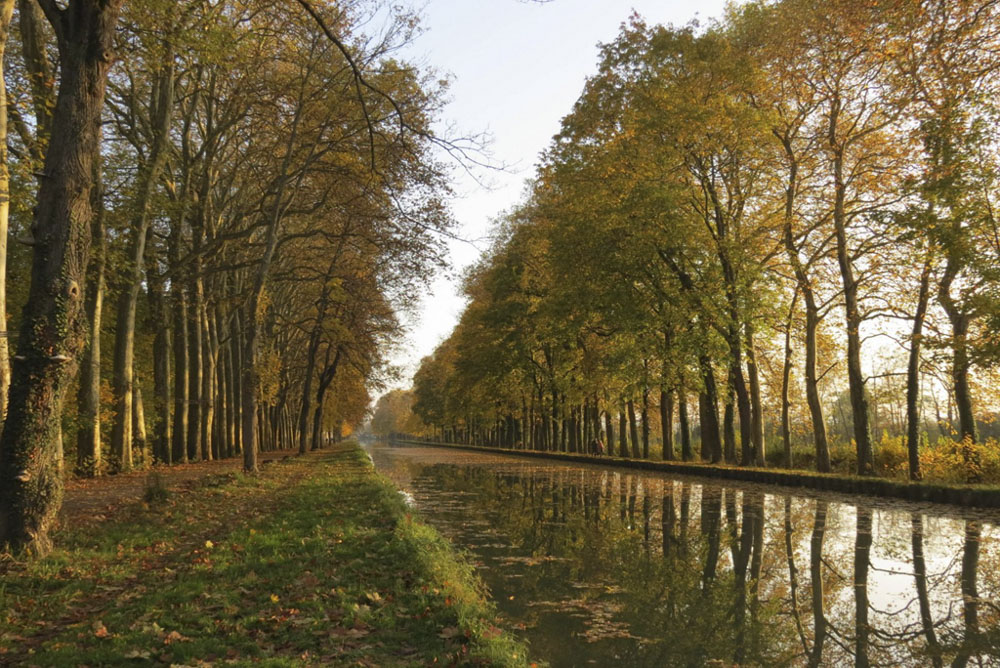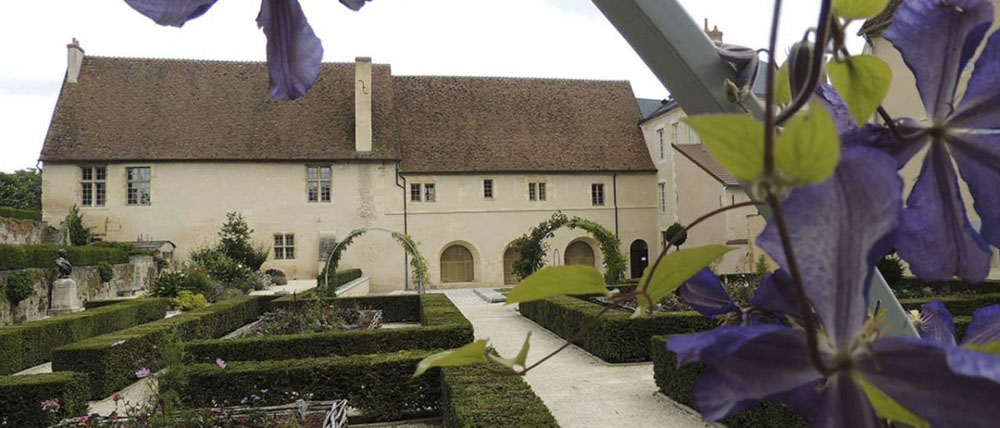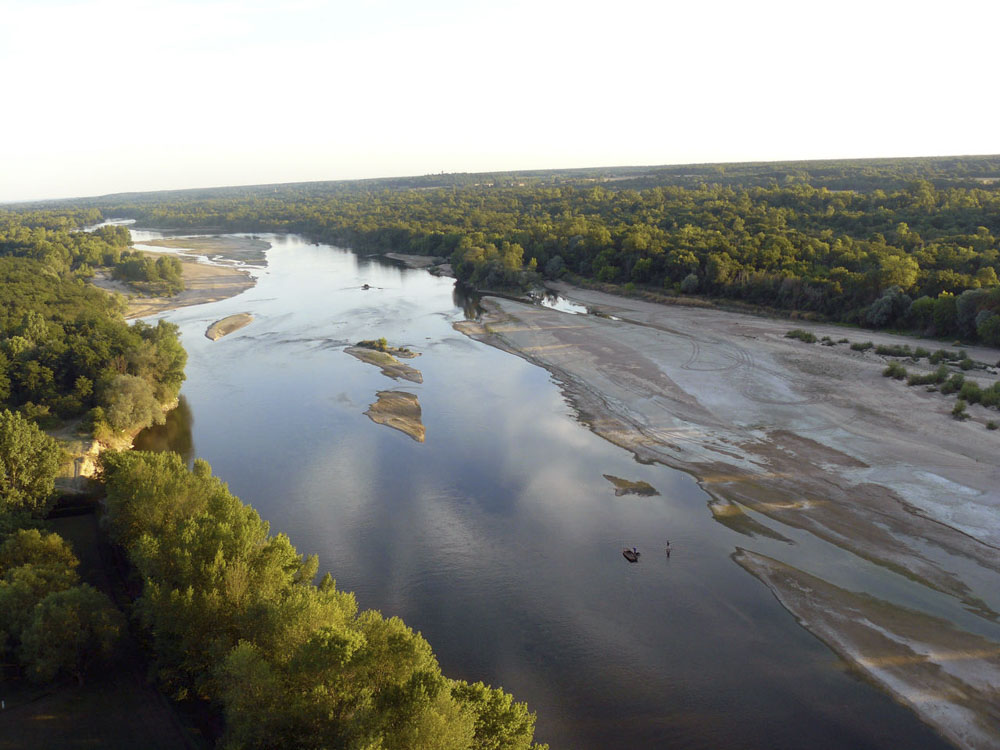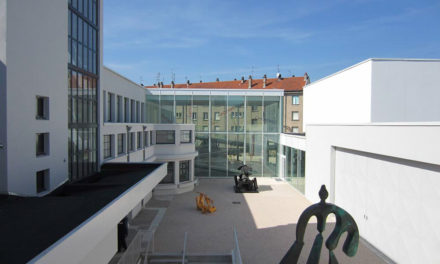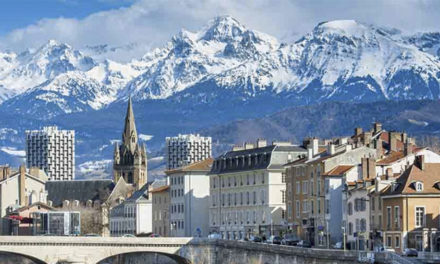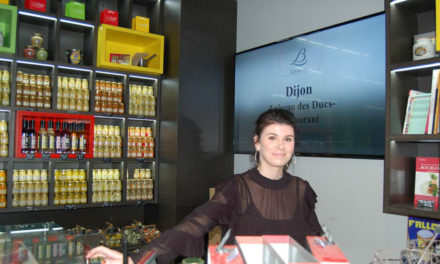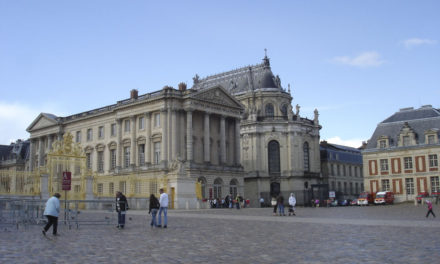Nevers is a venerable old town of 43,000 people in the far west of Burgundy, located on the northern bank of a loop of the river Loire and at the watery confluence of the Nièvre, the Allier and the Canal Lateral de la Loire. The pottery, bleue de Nevers, became famous as it was transported along these river routes. Today Nevers is also well connected by road routes in particular the A77 and is almost exactly equidistant between Paris and Lyon – about 230 km to reach either and an excellent stopover for anyone travelling by car.
The circuit of Magny Cours, 15 minutes drive from the town, is famous for holding the France Grand Prix.
Book a Hotel in Nevers
Architecture
The best approach to the town is from the opposite bank of the Loire, and the bridge is a good place to appreciate its setting. Here the original city was constructed on a small easily defended hill, and you can still see remains of the ancient ramparts which once surrounded the winding cobbled streets and half-timbered houses of the old town. The town now is centred around the Place Carnot and the 15th century Palais Ducal which claims to be the earliest Loire chateau with its stone carved Renaissance façade and octagonal turrets. (The tourist office is located here.)
Cathédrale de St Cyr
Close by is the Cathédrale de St Cyr, built between the 10th to the 16th centuries with not one, but two apses, one Romanesque with 12th century frescoes, the other Gothic with wonderful carved statues. Its oldest feature, the remains of a 6th century baptistery, was only found in 1944 after it was revealed by heavy bombing. Windows blown out by bombs have now been replaced by modern stained glass – a stunning range of scintillating colourful work by artists like Claude Viallat and Gottfried Honneger. The churches of Nevers are a lesson in architectural styles; the Romanesque Eglise St Etienne with its radiating pilgrims’ chapels, the elaborate 17th century Baroque Sainte-Marie chapel, the classical Eglise de Saint-Pierre, and, in dramatic contrast, the modernist cement structure of St Bernadette du Banlay. Nevers is a revered pilgrimage site, as it was here in the convent St Gildard that Sainte Bernadette of Lourdes took the veil in 1867. Her earthly body is enshrined in a glass case in the chapel of the convent, now a major religious centre.
Palais Ducal
The famous pottery of Nevers arrived with the Gonzaga family from Italy in the 16th century and the traditional faience of blue, yellow white and green is still made here. There are lots of workshops and faienceries where you can buy modern examples, and while the Musée Municipal is undergoing a radical overhaul, the best way to see historical treasures is to visit the display in the Palais Ducal. Nevers is also famous for its bonbons – Négus, a soft chocolate caramel and nougatine, a mixture of sugar and almonds in orange icing, which owes its success to the sweet tooth of Empress Eugenie. Plenty of bars and restaurants and a summer programme of street festivals and open air concerts, both classical and jazz, add to the pleasure, and you can also enjoy riverbank walks and trips in traditional wooden boats along the Loire. To the south of the town is the extraordinary Pont du Guetin, a water bridge which carries the Loire canal across the Allier river.
Copyright text : Informationfrance
Copyright Images : CDT Nievre

